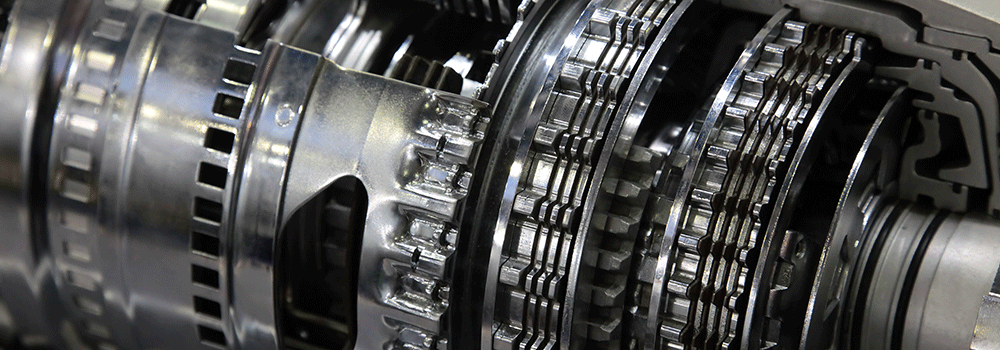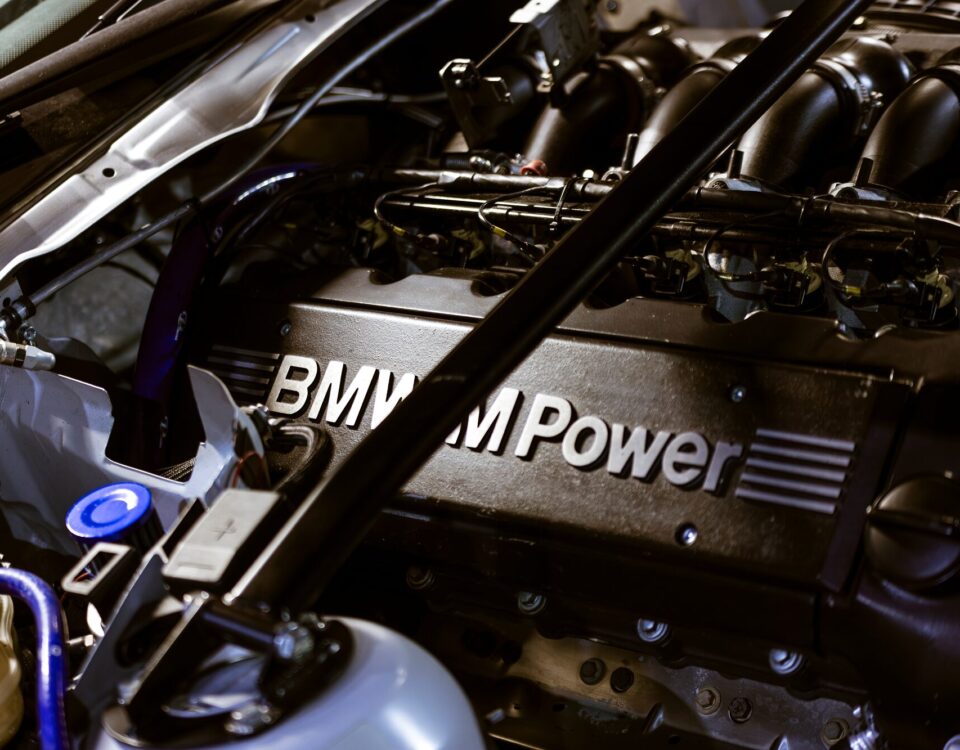
The Most Common Car Diagnostic Codes on Volkswagen Vehicles and What Can Cause Them
September 23, 2019
Infamous Car Recalls: The Strange and Dangerous
October 7, 2019Manual or Automatic?
Choosing a new vehicle can be overwhelming. One of the first decisions to make is whether the car should have a manual or automatic transmission. A manual transmission requires the driver to shift gears while operating the vehicle manually. An automatic transmission shifts gears on its own due to fluid coupling. A manual transmission shifts gears via a friction clutch.
The first “modern” automatic transmission was invented in 1921 by Alfred Horner Munro in Canada, but the origin of the automatic transmission can be traced back to 1904. In the early twentieth century, the Sturtevant brothers of Boston, Massachusetts created the “horseless carriage” gearbox. The gearbox would switch to a higher gear at high engine speeds and then to a lower gear at lower engine speeds. Automatic vehicles are a popular choice among Americans and first-time car owners, but many experienced drivers prefer manual transmissions. There are a few things to consider when choosing between an automatic or manual vehicle.
Pros and Cons of Automatic Transmissions
Ease of Use
Cars with automatic transmissions are much easier to use than stick-shift, or manual, vehicles. The most common type of automatic transmission found in modern cars is the hydraulic planetary automatic transmission. Instead of the driver having to change the appropriate gear at the right time, the car shifts between gears automatically. Automatic transmissions use transmission fluid to control the increase and decrease of gear ratios. An oil pump keeps the transmission fluid under pressure to control the various clutches and bands in the planetary gear train. As a result, drivers don’t have to worry about which gear their car should be in, and driving is much more comfortable.
Safety
Automatic vehicles are a bit safer to operate than manual cars. When driving a vehicle with a manual transmission, the driver must use their right hand and left leg to shift gears. Since automatic transmissions shift gears on their own, the driver is free to keep both hands on the wheel. Additionally, the driver can focus on what is going on around them instead of shifting gears. Automatic transmissions result in safer and less distracted driving, especially for new or inexperienced drivers.
Cost
Automatic vehicles have a higher initial cost than manual cars due to the complexity of the transmission. Manual vehicles are often associated with b fuel-efficiency than automatic transmissions because automatic transmissions rely on the torque converter to switch gears. Automatic car owners spend more on transmission maintenance and fuel than manual car owners. However, it is often much easier to resell an automatic vehicle since more people know how to drive one.
Fun
While there are many benefits to driving an automatic car, driving a car with a manual transmission can be far more enjoyable than driving an automatic. Using the clutch and shifting gears is an interactive experience. The driver also has much more control over the operation of their manual vehicle. It’s much easier to pretend to be a racecar driver in stick-shift, and having more pedals is always fun.
Maintenance
Automatic vehicles require much more maintenance than manual cars. Automatic transmissions are complex; they include multiple moving parts. Regular tune-ups are necessary to keep the transmission in working order, while a manual transmission does not require as much attention. A manual car may need a new clutch at some point, but automatic transmissions can have multiple issues at once.
Signs an Automatic Transmission Needs Service
While driving an automatic vehicle is much easier than driving a stick-shift, multiple issues can arise. A vehicle’s transmission is essential for normal operation, and it can be one of the most expensive parts to replace in any vehicle. To avoid costly transmission repairs, car owners should take their car to an established auto repair shop for a proper diagnosis and solution to the problem.
Unusual Noises
If the vehicle is making strange buzzing, grinding, or brushing noises, the torque converter may need repair or maintenance. While the problem may not seem like a big deal at the time, unresolved issues with the torque converter or the needle bearings can result in extensive damage to the transmission.
Leaks
If the vehicle is leaking transmission fluid or has low fluid levels, the car may shift slowly or slip gears more often. Over time, this can cause significant problems for the vehicle. It’s best to immediately change or flush the transmission fluid once any leaks or contamination are suspected.
Burning Smell
A significant symptom of transmission issues is a burning smell. Many car owners describe the smell of overheated transmission fluid as a “burnt toast” scent. If a driver smells burning during or after operating a motor vehicle, he or she should take their car in for diagnosis by a trained professional as soon as possible. Many factors could contribute to the overheating of transmission fluid.
The Sooner, the Better
If a driver notices an issue with their vehicle’s transmission, it’s crucial to resolve the issue as soon as possible. A failing transmission can cause a car to stall frequently, which can be incredibly dangerous. If the car has low transmission fluid, it may experience a loss of acceleration during operation. If a transmission completely fails, the car won’t start, and a tow truck will be required to transport the vehicle anywhere.
The employees at Steve’s Imports in Portland, Oregon, have decades of combined experience. The highly-trained and passionate technicians can diagnose, fix, and thoroughly explain any transmission issues to their customers.


